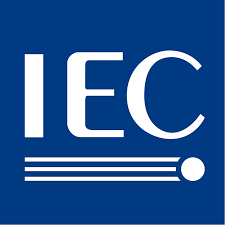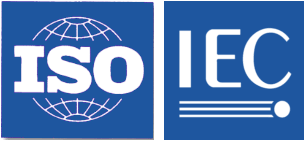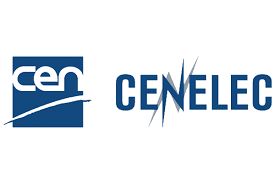Low-voltage switchgear and controlgear - Product data and properties for information exchange - Part 1: Catalogue data
This document establishes the reference dictionary of the general description of low-voltage switchgear and controlgear classes based on defined properties.
This dictionary is used to facilitate the exchange in electronic format of data describing low-voltage switchgear and controlgear.
This document provides clear and unambiguous definitions of a limited number of properties and classes which are mainly used for presentation, selection and identification of products particularly in electronic catalogues.
Each property has an unambiguously defined meaning and naming, and, where relevant, a defined value list, a defined format and a defined unit.
The intention is not to cover manufacturer-specific features.



